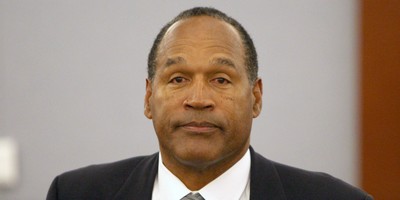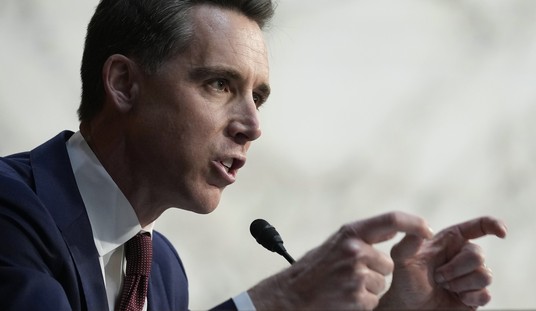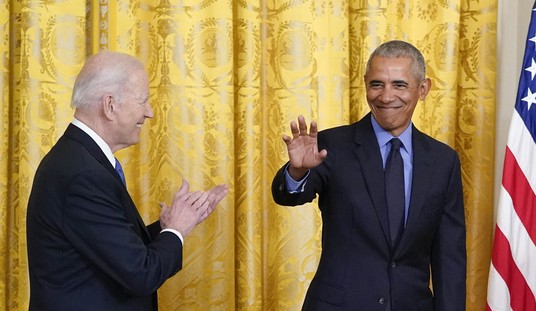In Iran, universities started on September 23, the fall season. But from the first day I set foot in Tehran University’s engineering faculty in 1965, the talk was about December 7 or "Shanzdah Azar" (according to the Iranian calendar). It was Student Day. Don't be mistaken. It was not a day of celebration. It was the day of defiance against the dictatorship in Iran.
On December 7, 1953, agents of the repressive monarchy killed three students of the same engineering faculty protesting the Shah's policies on the university campus. Although the Shah's rule would endure for another quarter century, that day marked a significant turning point for the opposition movement. It inspired surges of activism among the Iranian people, especially students. Since then, December 7 has been commemorated as Student Day.
I have another first-hand experience with Student Day, and it was after the 1979 revolution that ousted the Shah's corrupt and notorious regime. I was a member of the Council of University Professors in the Engineering faculty, supervising the faculty.
A year later, Iran’s universities were closed down by the regime under a so-called cultural revolution by Ruhollah Khomeini, who planned to purge them of modern-minded intellectuals and establish apparatchiks and cohorts in tune with his fundamentalist version of Islam.
Thousands of students, the majority activists of the People's Mojahedin Organization of Iran (MEK), were executed. Many professors, including myself, had to flee Iran in the pursuing years.
Yet, the tradition of Student Day endures to this day, and although the Shah's regime is long gone, students today are as active in efforts to remove the theocratic dictatorship that replaced it.
Recommended
This has become particularly apparent over the past several weeks, as young Iranians have played leading roles in the unrest that has gripped the Islamic Republic since the death on September 16 of 22-year-old Mahsa Amini.
Demonstrations are held on the campuses of every major Iranian university. In a virtually unprecedented development, high school students have also become highly active in the uprising and taken bold actions such as destroying images of the Supreme Leader and the clerical regime's founder, which hang in their classrooms.
Tragically, students' prominence in this movement means they also comprise a significant proportion of the fatalities caused by the regime's resulting crackdown. The MEK, a driving force in the student movement under the Shah's regime and continues to fill that role today, has determined that over 680 protesters have been killed so far during the current uprising. Of these, at least 60 have been under the age of 18.
Various human rights organizations have reported that many of these deaths were caused by shootings at close range or by relentless beatings with blunt objects. This leaves little doubt that young activists are deliberately targeted to intimidate the broader public into silence. Yet this effort has backfired. The funerals and traditional 40th-day memorials for the regime's victims have become starting points for new protests demanding the regime's ouster, especially in cases where those victims were children and students.
Iranian universities are replete with members of the Resistance Units, a network of activists and dissidents affiliated to the MEK, that was established in 2014 and has facilitated a series of nationwide uprisings since the end of 2017.
This has been made evident several times, often revealing the regime's sensitivity to dissent within the student population. In 2020, authorities arrested Amirhossein Moradi and Ali Younesi, two elite students at Sharif University of Technology, an institution widely considered Iran's MIT. Both had been gold medal winners in the Iranian National Astronomy and Astrophysics Olympiad and the prestigious International Olympiad on Astronomy and Astrophysics. The regime considered their unique potential a threat to its security, so they accused them of participating in activism on behalf of the MEK.
While these are two of the most prominent examples, many other promising students have been arrested and subjected to terrible mistreatment in Iran's criminal justice system because they refused to suppress their intellect to the point of embracing the clerical leadership. On October 2, the number of those arrested skyrocketed following a massive onslaught on Sharif University by the regime's repressive forces. That provided a venue for powerful expressions of solidarity with those protesting the regime's ideology for the prior two weeks.
Since then, state-sanctioned violence has continued, specifically on university campuses. This is a revolution against regression, so intellectuals and young minds naturally lead the path.
The international community should join Iran’s domestic population in recognizing the stakes of ongoing clashes between the clerical regime on the one hand and the intellectuals, the youth, and the students of Iran on the other.
Iranian Students Day represents a crucial opportunity for policymakers and academics worldwide to show support for those seeking the overthrow of the Islamist dictatorship and amplify the voices of students and scholars inside Iran who share a clear vision for their country's freedom under a secular democratic government.

























Join the conversation as a VIP Member